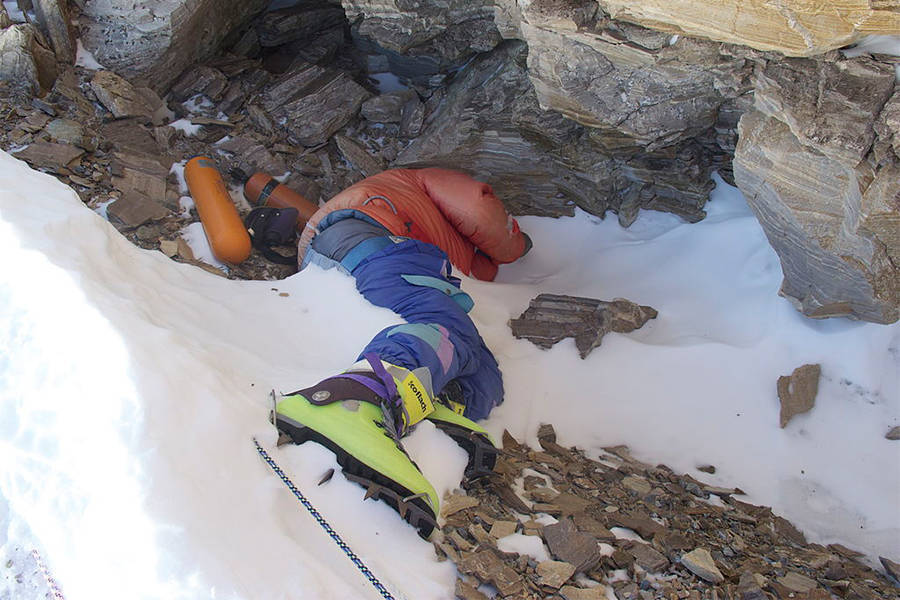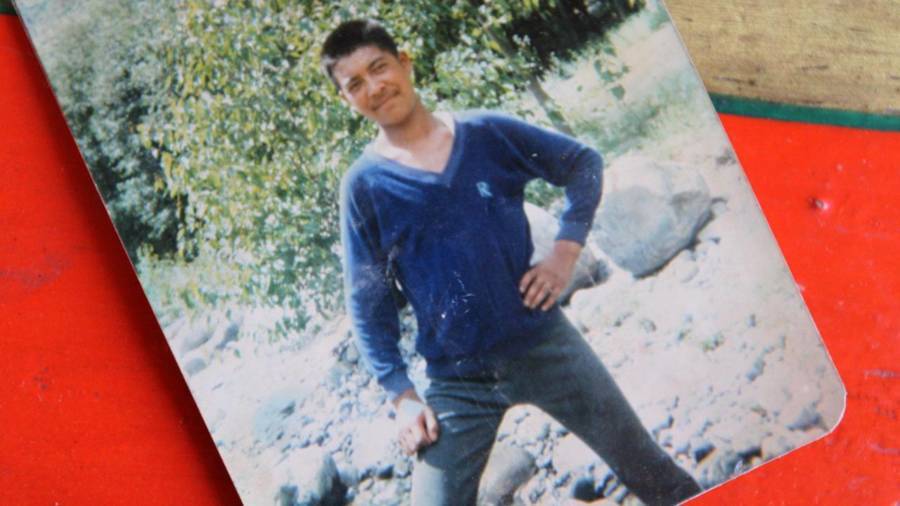Why “Green Boots” Remains One Of History’s Most Well-Known Mount Everest Bodies

Wikimedia CommonsThe corpse of Tsewang Paljor, also known as “Green Boots”, is one of the most famous bodies on Mount Everest.
The demise of an Indian climber named Tsewang Paljor — who would become known as Green Boots — is perhaps the most famous of all Mount Everest deaths. Named for the neon-colored gear he wore when he died, Paljor has been frozen stiff on the mountain’s Northeast Ridge since 1996 and remains a macabre landmark of sorts even a quarter-century later.
Long before his fateful trip, Paljor dropped out of school after the 10th grade to work for the Indo-Tibetan Border Patrol (ITBP) and support his family. By 1996, the 28-year-old was ready to accompany his team of ITBP colleagues on the Everest journey they’d planned and become the first Indian team to reach the North Summit.

Rachel Nuwer/BBCTsewang Paljor was a 28-year old policemen when he died, joining the more than 300 victims of Mount Everest.
But fate had something else in store for them on May 10, 1996. A lethal storm overtook the group and they were simply no match for it. Paljor was physically strong and aware of how treacherous the high-altitude elements would be, but the weather was too powerful to combat.
Soon enough, Paljor and seven of his compatriots were dead. It became known as the 1996 Everest Disaster and it was the deadliest day in the mountain’s history, a title it held until 2014.
The expedition’s sole survivor, Harbhajan Singh, remembered how bad things got.
With harsh gusts of wind, snow, and below-freezing temperatures, Singh was compelled to turn back and urged the others to follow suit. Unfortunately for them, they were determined to carry on, spurred by so-called “summit fever” and desperate to make history.
Paljor’s team wasn’t the only source of fatalities that day. Several other guides died on May 10 while helping inexperienced climbers navigate the mountain.
Everest’s Death Zone, which stretches from 26,000 feet to its summit, holds Paljor’s body to this day. Paljor was found in a limestone cave at 27,887 feet, on his side wearing his distinctive green boots.
He remains one of the most chilling of all the dead bodies on Mount Everest and has served as a macabre yet unforgettable marker for climbers ever since his demise.





